I acquired this Braun Paxina 29 camera as part of my late father-in-law’s estate and was curious to see how it performed. A little bit of research revealed it to be German made, in the mid-1950s, and was a budget form of the better known Paxette range. It is fully manual with no exposure meter or focusing aids of any kind. The apertures run from f2.9-22 and the shutter notionally has B plus 1s-1/300. The retracting, 75mm, Praxanar lens focuses from infinity to about 3 feet. Interestingly, for a German camera, the distance scale is in feet, suggesting perhaps that it was adapted for the UK/US markets?
Superficially, everything appeared to be functioning. However, on close inspection, it became clear that all was far from well with the shutter and anything below 1/25
was either sticking or running fast or both! In fact, at 1s the timing was closer to 1/3-1/4s. Undaunted I loaded it with a roll of Fomapan 200 120 film and took it on holiday with me to North Wales. On return I processed the film in Ilford Perceptol developer then “scanned” the results with my Olympus EM1 using Hi-Res mode(50MP) and processed the images using DxO Photolab and Luminar Neo (used for its AI noise removal and sharpening). Out of 12 frames I just about managed 5 usable ones due to a combination of focusing errors (guesstimates only!) and sticky shutter issues even at 1/25s (see the shot of Llandwyn Island below).
The Shooting Experience
The shooting experience is an exercise in patience and, if rushed, is likely to result in errors. First, you need to open the leather case, then extend the lens and twist it to lock it. (“Lock” is an exaggeration, since the mechanism is very loose and the slightest nudge will move it out of position.) Next, you take a meter reading (or guess!) for the exposure and set the aperture and shutter (remembering to keep the latter as high as possible). Finally, you need to guess the distance and set the focus ring. Having done all that you are almost ready to take the shot, but first, you must cock the shutter, then lift the camera to the eye and peer through the tiny and quite dark optical viewfinder to frame the shot. Next, press the lens-mounted shutter release and listen for the click. Don’t forget to wind on to the next frame (there is no shutter interlock so you can easily get double exposures if you forget!). Finally, you must “unlock” the lens and retract it before closing the case once more. If nothing else, it forces you to be a “mindful photographer”.
The Resultant Images:
This woodland stream is possibly the best of the bunch although even at 1/100s there is still some motion blur in the branch on the left.
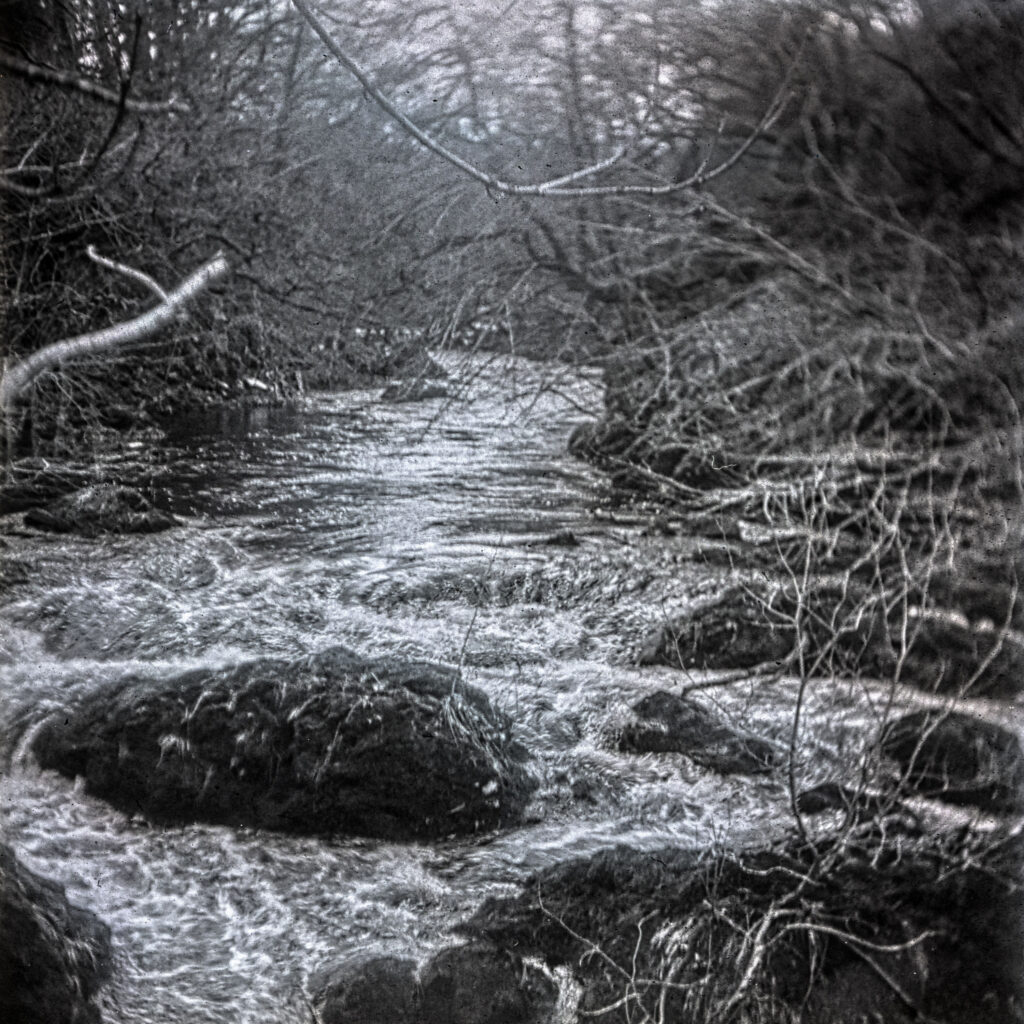
At 1/50s there is just a hint of the sticky shutter issues visible at bottom right. Contrast and sharpness are acceptable and the small child ran into shot just as I pressed the button and is a bit blurred. The location is Henllys Hall on Anglesey.
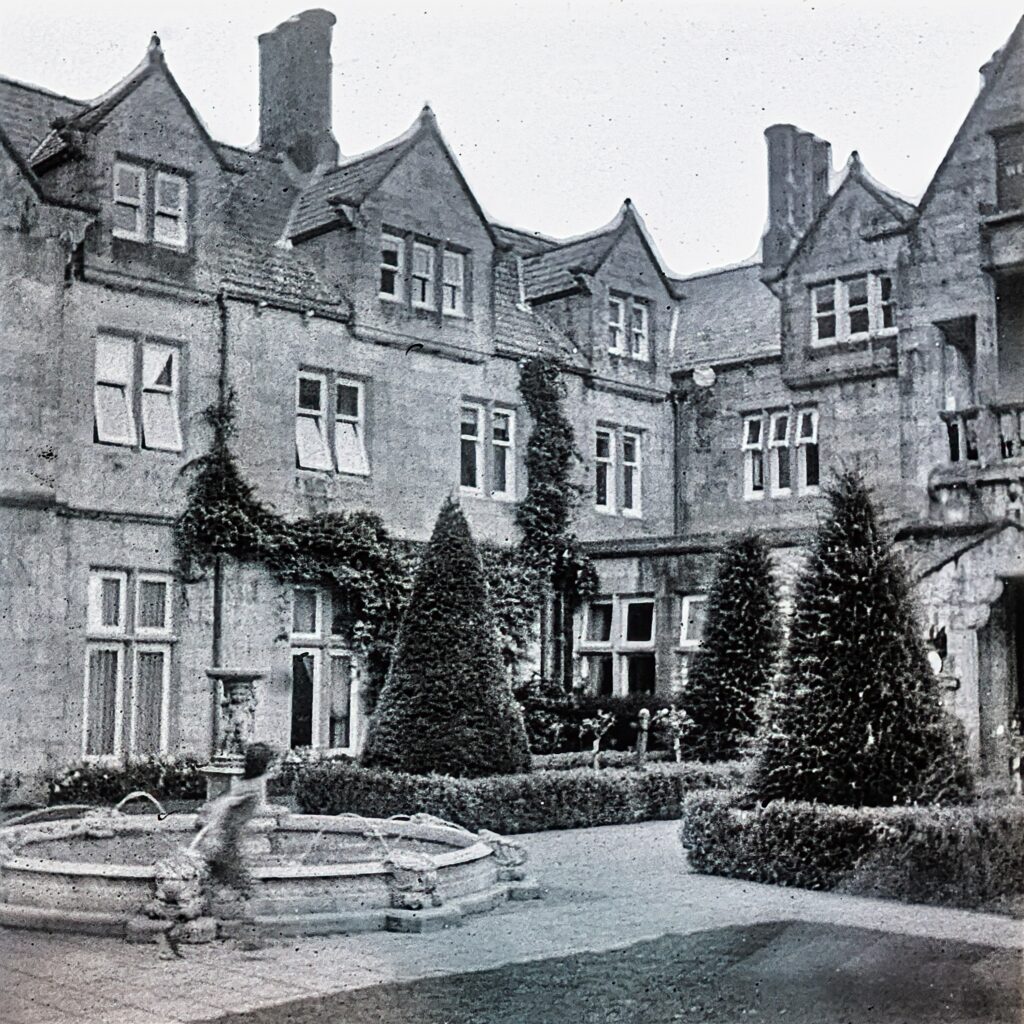
This old tree stump offered a chance to test the depth of field. I guessed focus for the trunk, just beyond the fracture, and you can clearly see the sharpness fall off in both directions. Interestingly, there were no shutter artefacts in this frame despite it being shot at 1/25s. I cropped in slightly for a better composition.
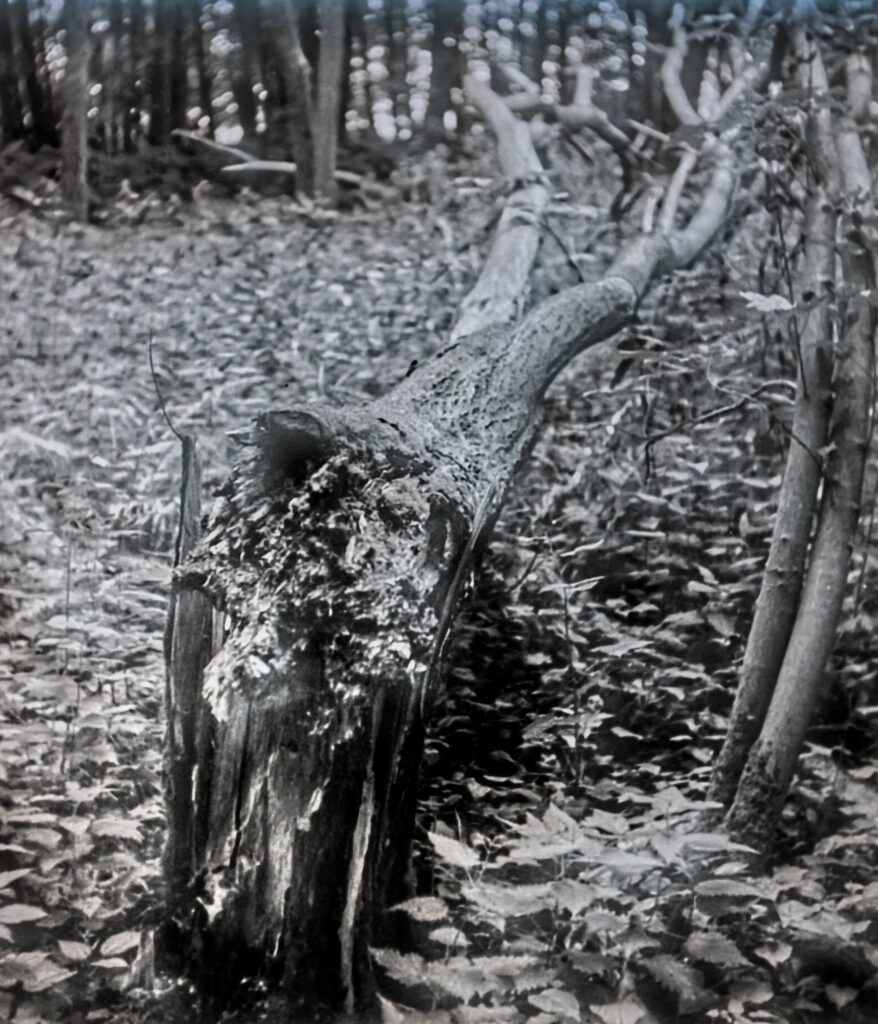
The aforementioned shot of Llandwyn Island with the obvious shutter problems around the edges. This was shot at 1/25s and you can see the difference between the previous image and this one despite being shot at the same speed. I suspect a good clean would improve the shutter greatly but given the other limitations of the camera I don’t think it will happen.
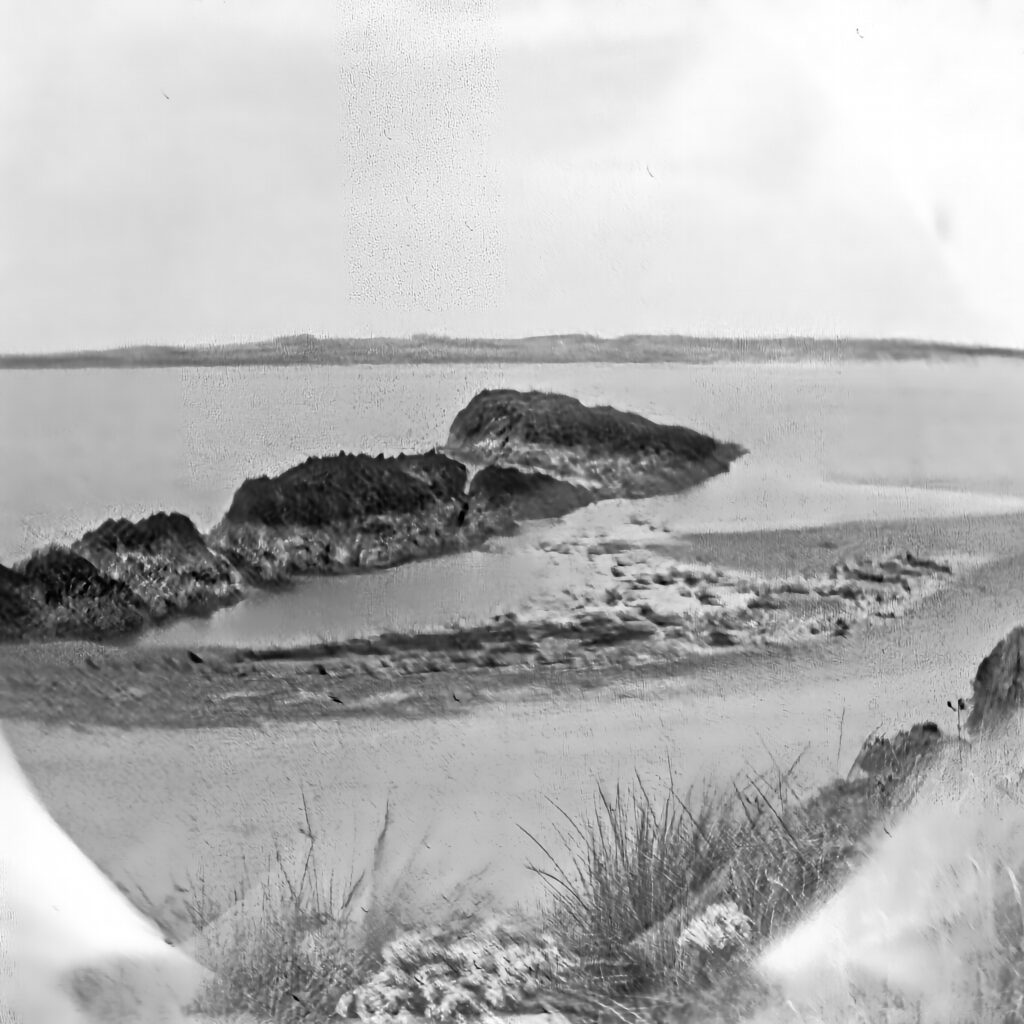
This shot was literally just to finish the film. It probably reveals more about the film than the camera. It is the only image shot at 1/300s, the camera’s fastest speed and focused at infinity. Pretty much everything is soft, even the distant forest.
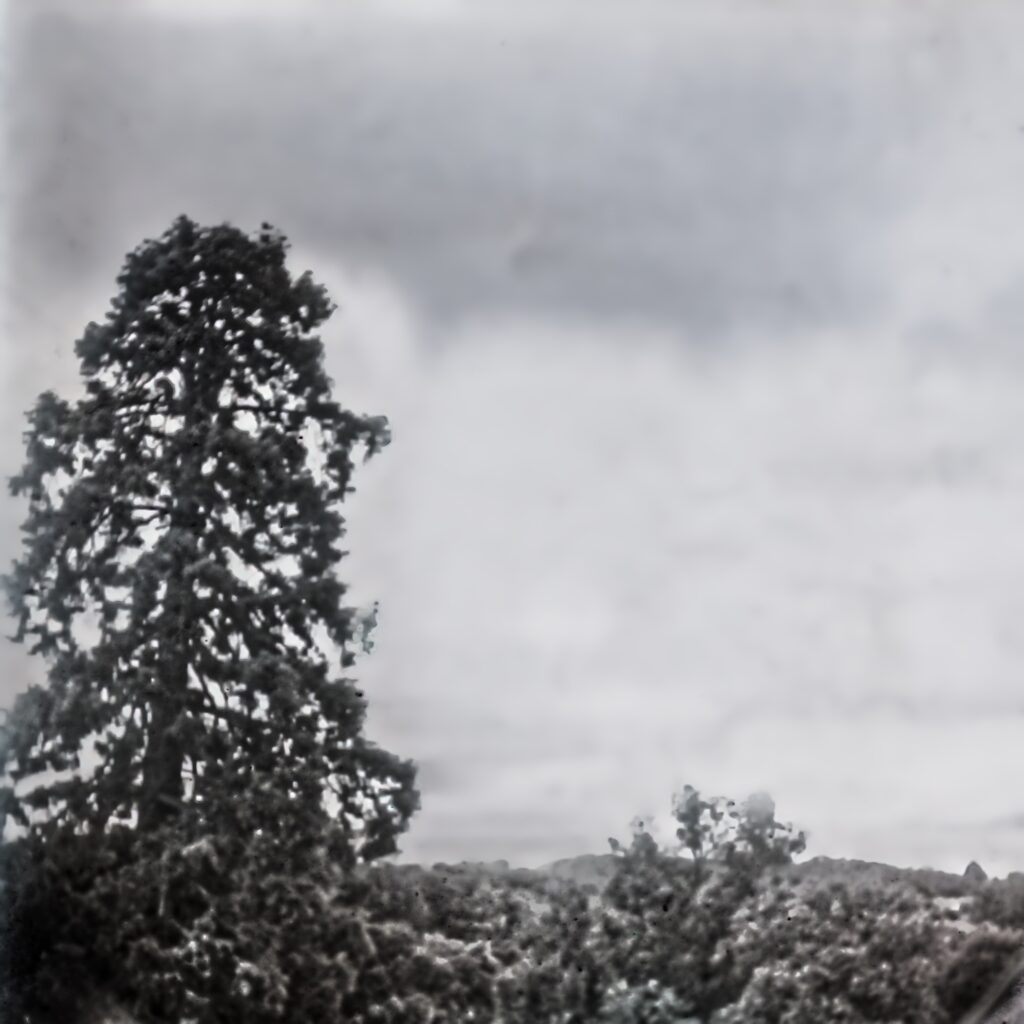
Conclusion
Would I use this camera again? Definitely not. It was an interesting experience but the results are mediocre to poor at best. Some of that may be down to pilot error but the camera, even at its best doesn’t really produce the goods. The lens is soft and the images were all of very low contrast. When I compare it to my usual Yashica D TLR from the same period there is no comparison.
Share this post:
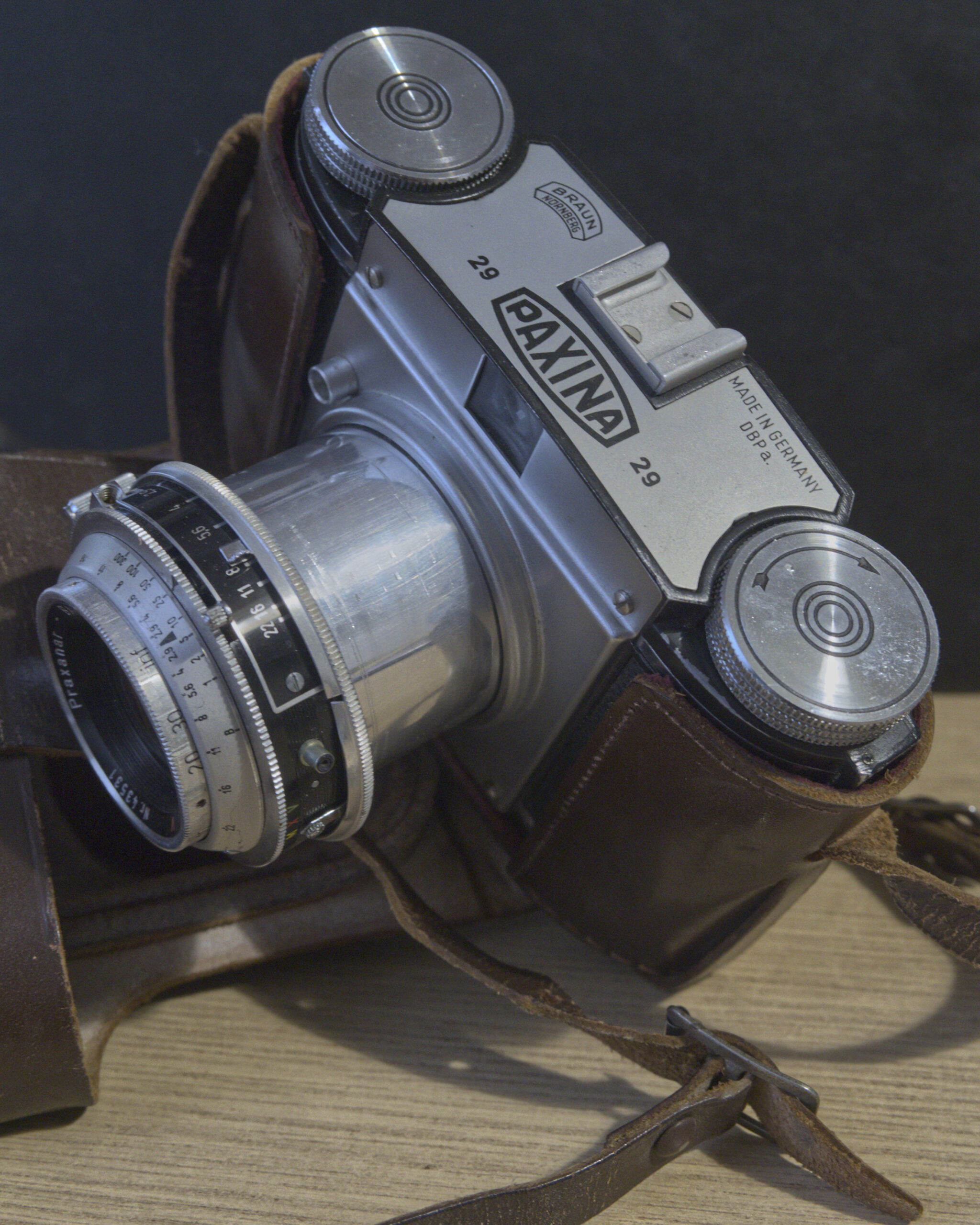
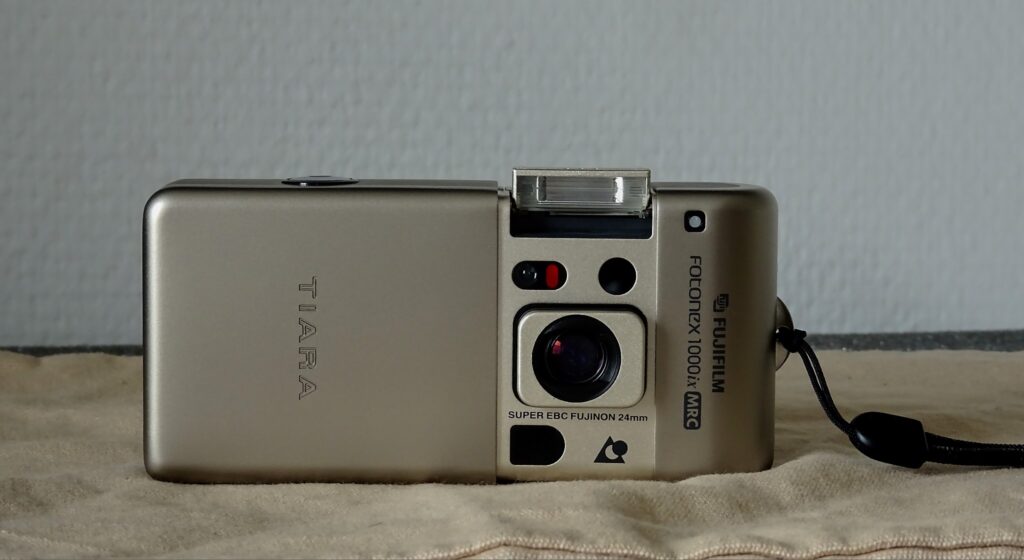

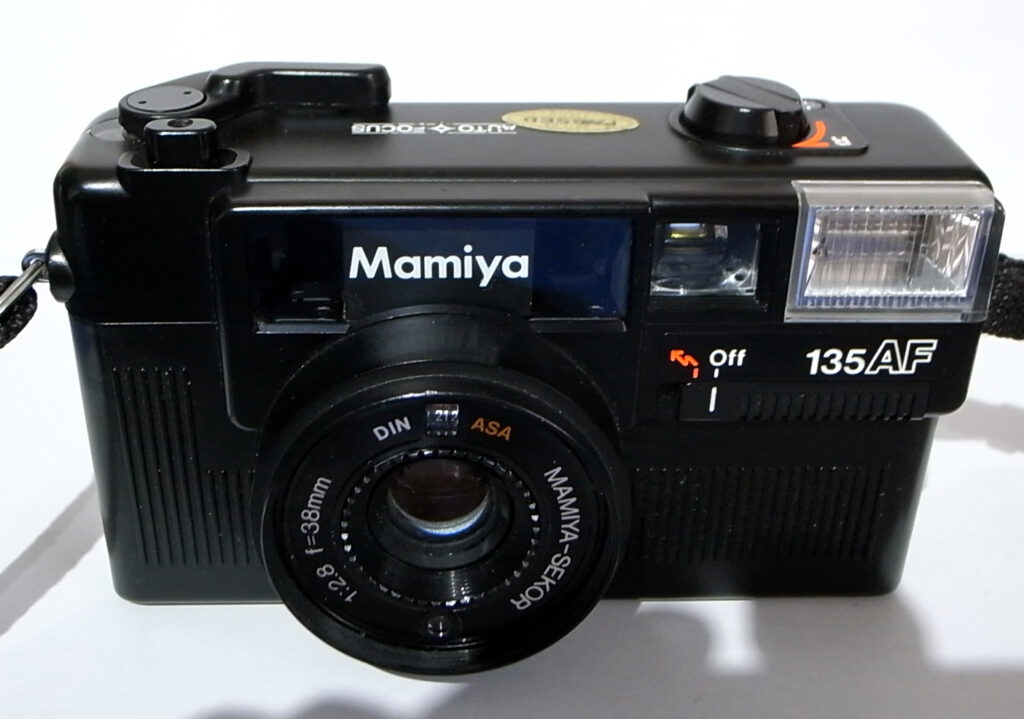
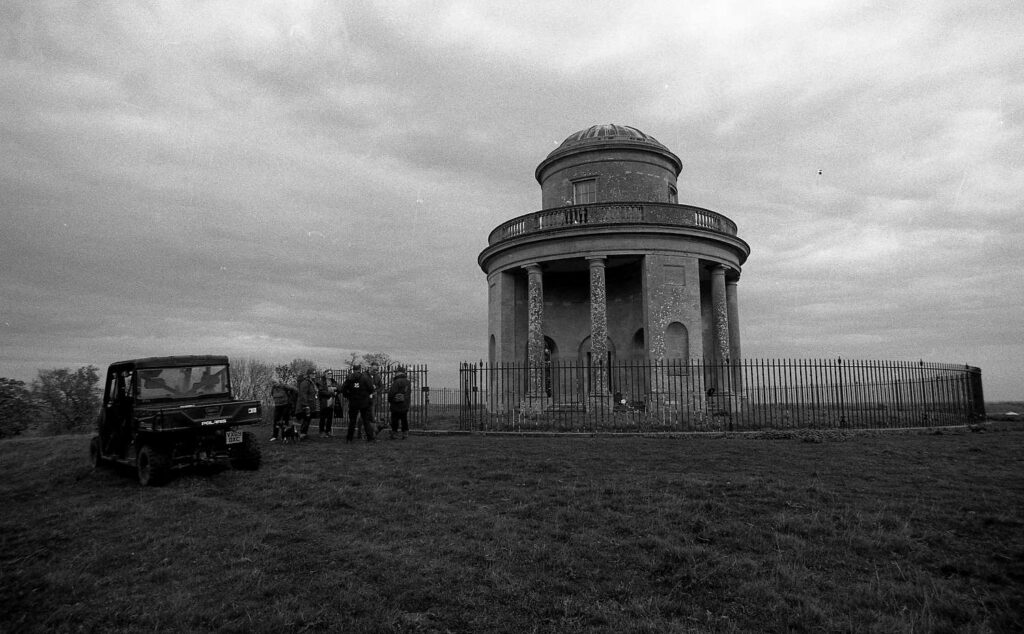
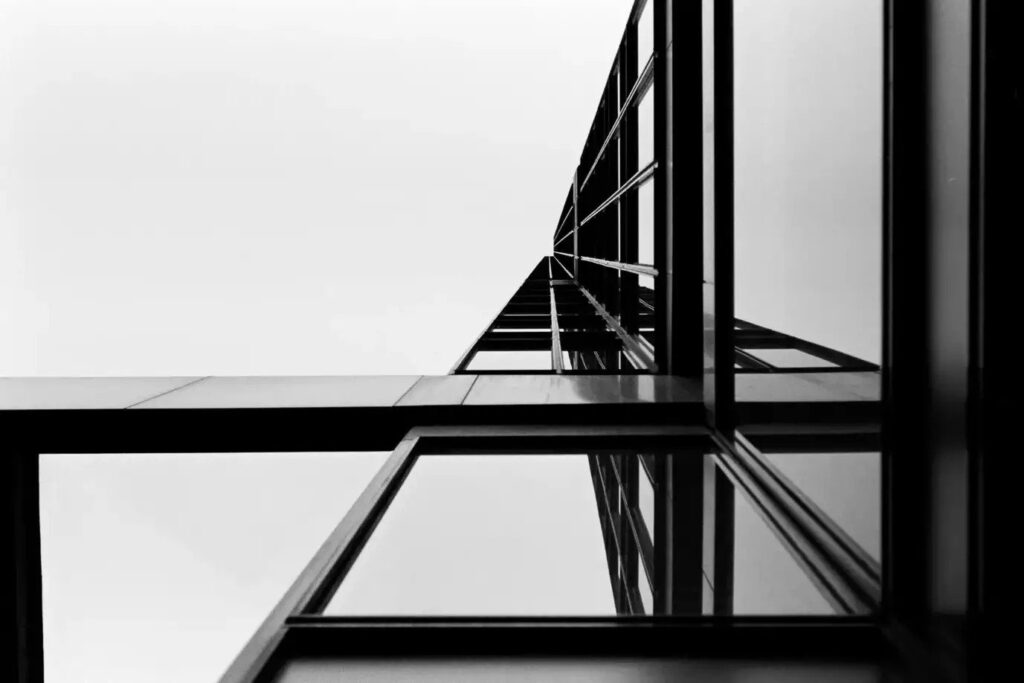
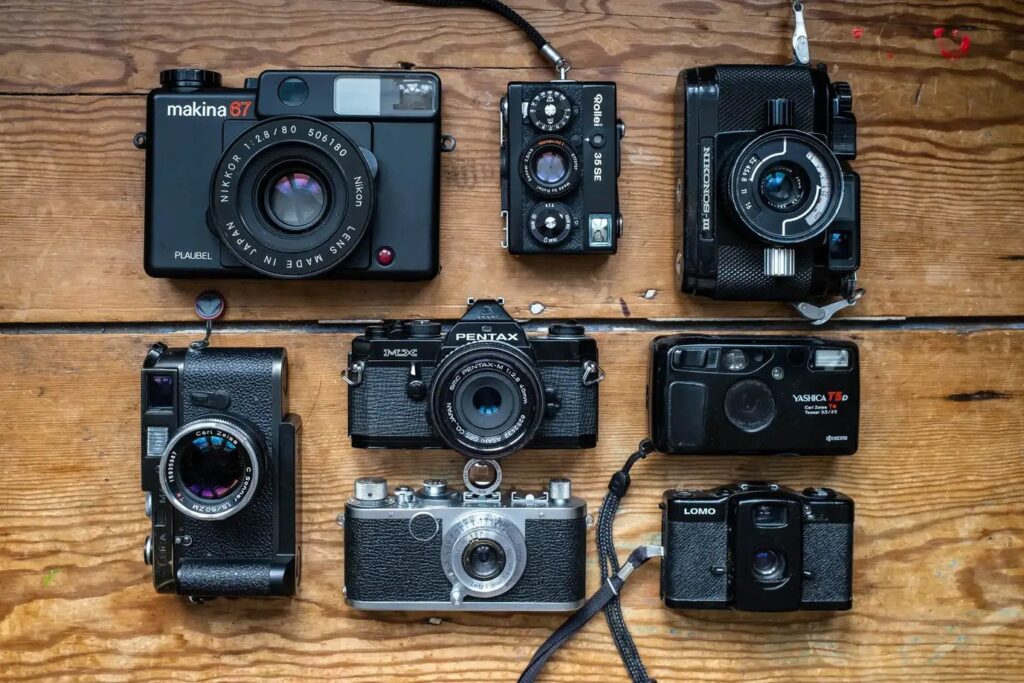
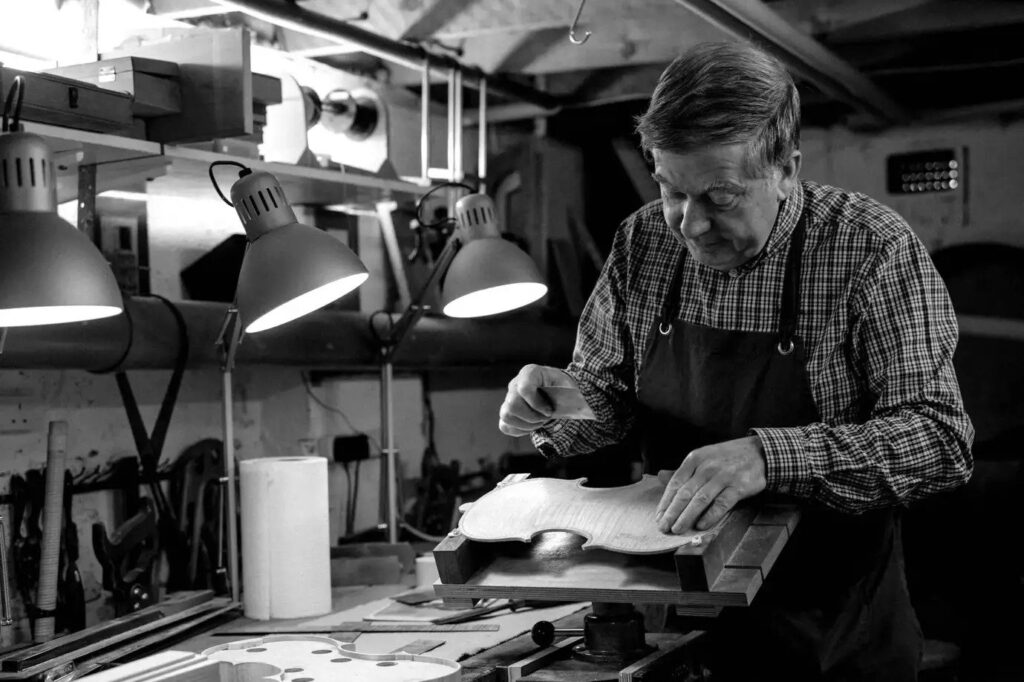
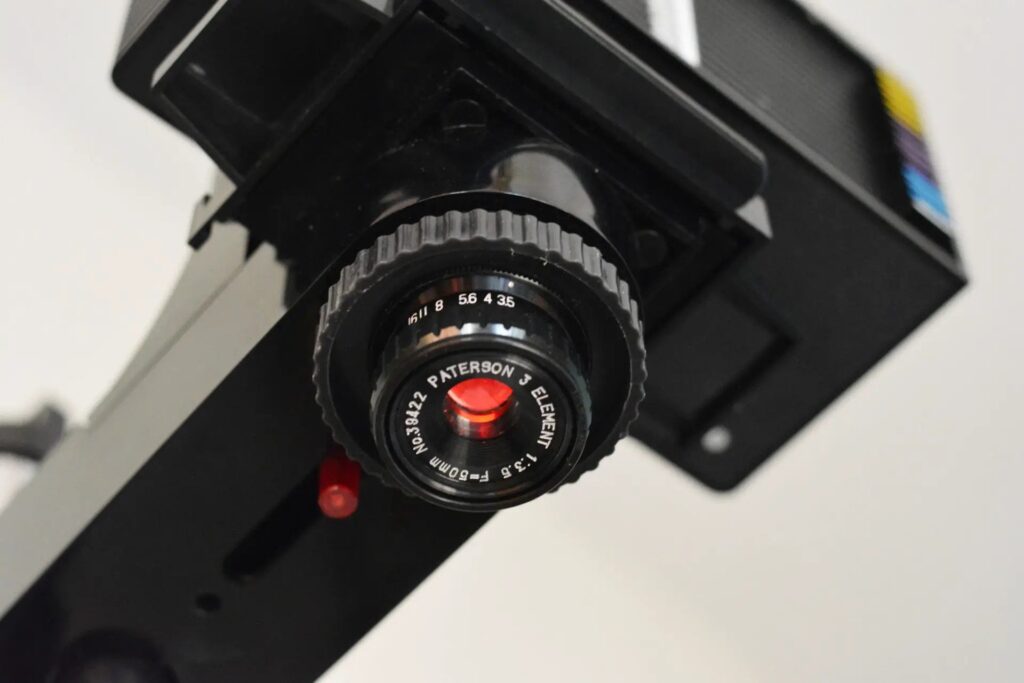
Comments
Daniel Emerson on 5 Frames from a Braun Paxina 29 – a mid 1950s “compact” camera.
Comment posted: 11/02/2025
Thanks for the rundown on your experiences. Enjoyed your photos and would be happy to hang Woodland Stream on one of our walls. I have a couple of cameras of that ilk that have never inspired me to fire up and your story adds further discouragement. But the camera that inspired me to try is a Kodak Retina II 35mm rangefinder folder from the late 30s from memory..A heavy compact little beast with a Compur shutter and a Schneider lens, and decked out with a new tiny Reflex Label light meter nestled into the flash shoe is rearing to go.
Regards
Daniel
Peter McGowan on 5 Frames from a Braun Paxina 29 – a mid 1950s “compact” camera.
Comment posted: 11/02/2025
Peter
Comment posted: 11/02/2025
Comment posted: 11/02/2025
Comment posted: 11/02/2025
Gary Smith on 5 Frames from a Braun Paxina 29 – a mid 1950s “compact” camera.
Comment posted: 11/02/2025
Tony Warren on 5 Frames from a Braun Paxina 29 – a mid 1950s “compact” camera.
Comment posted: 11/02/2025
With respect, I think your penultimate shot is down to depth of focus at maximum aperture and a little movement. The grasses in the foreground look pretty sharp. All in all though an interesting exercise and some decent results that have produced a good read. Thank you.
Comment posted: 11/02/2025
Comment posted: 11/02/2025
Keith Drysdale on 5 Frames from a Braun Paxina 29 – a mid 1950s “compact” camera.
Comment posted: 11/02/2025
Comment posted: 11/02/2025